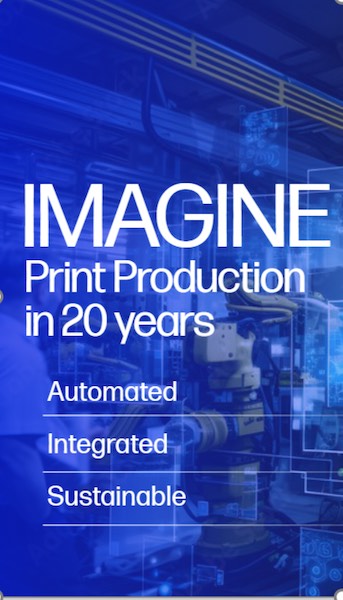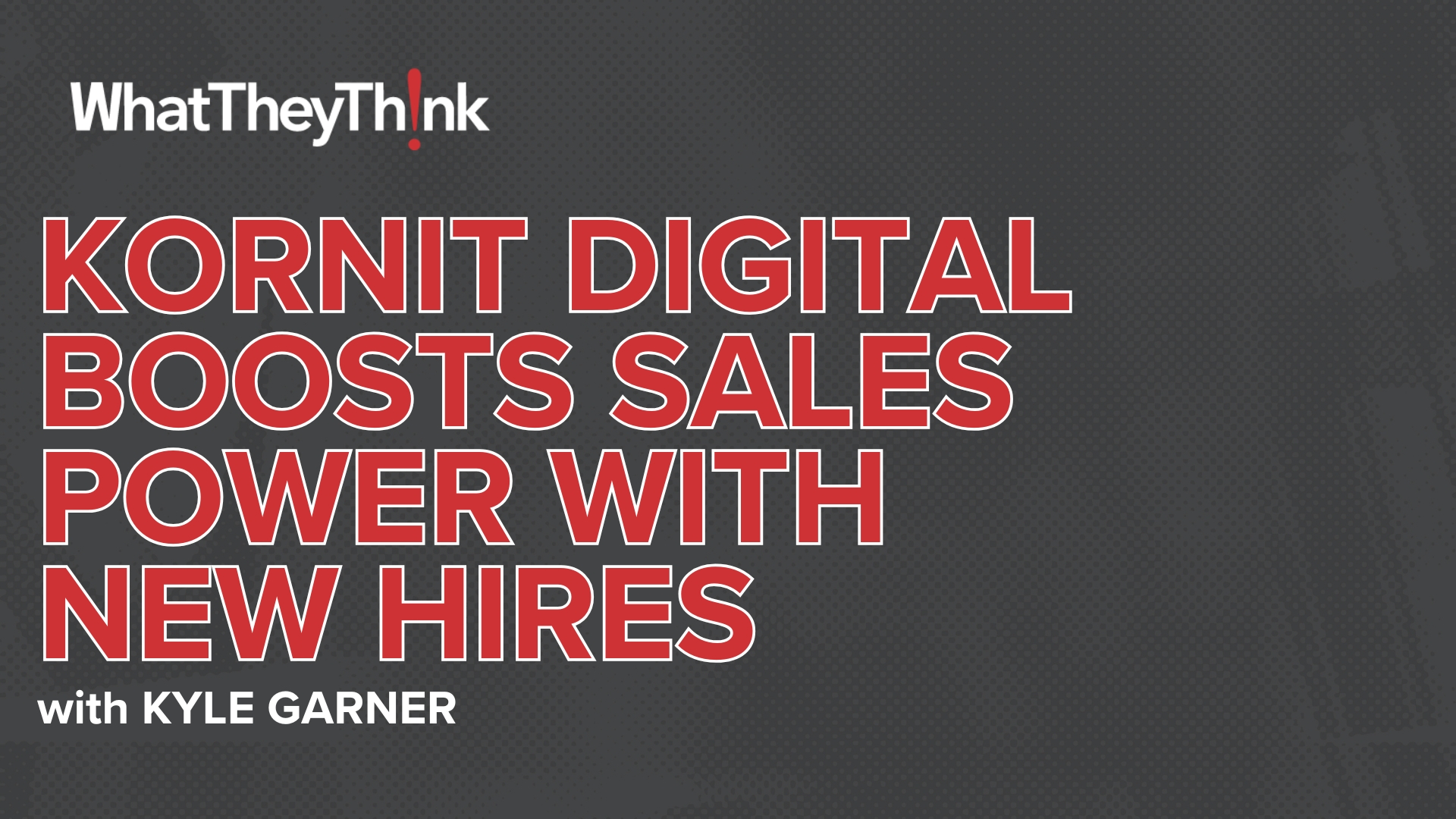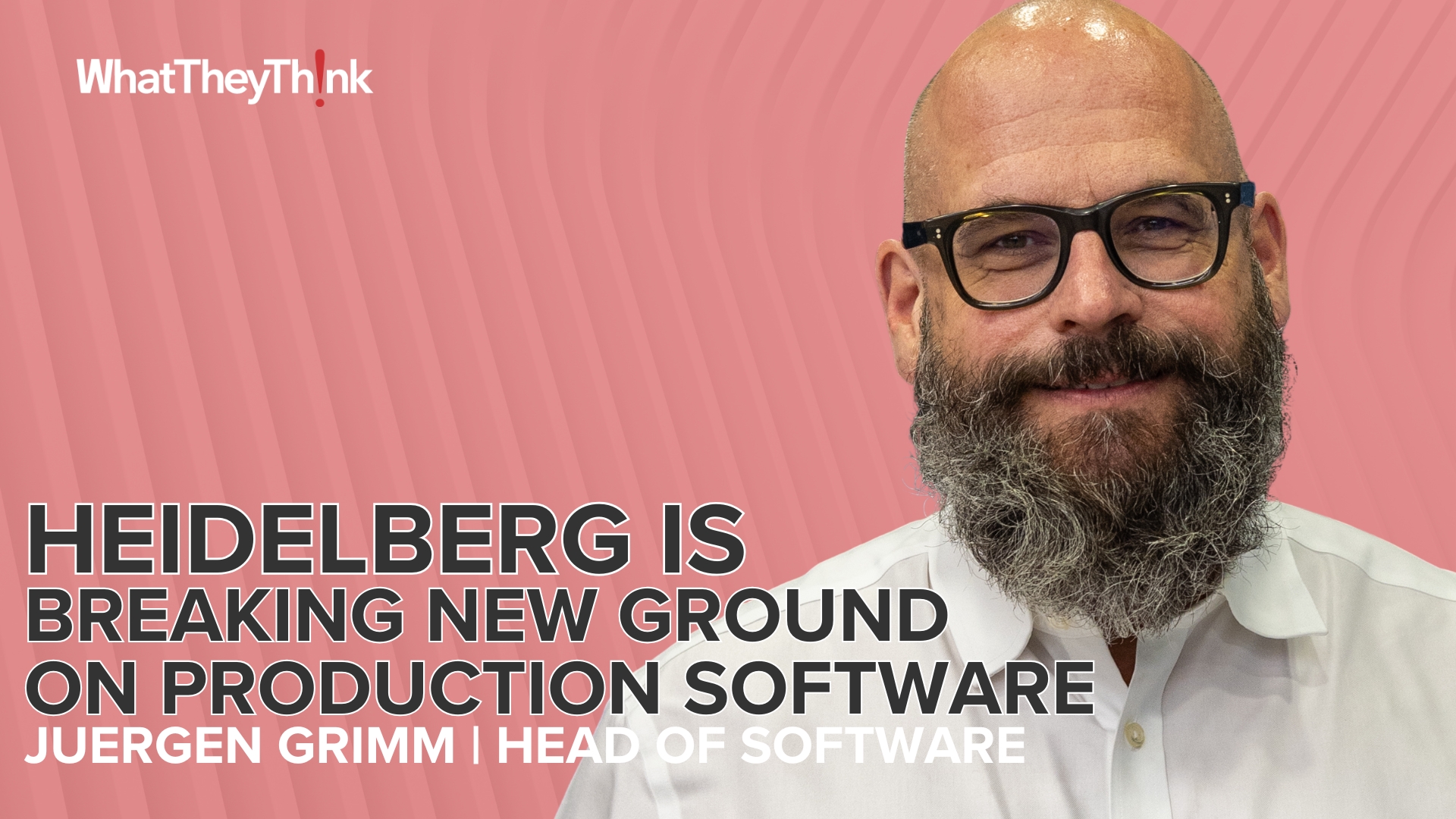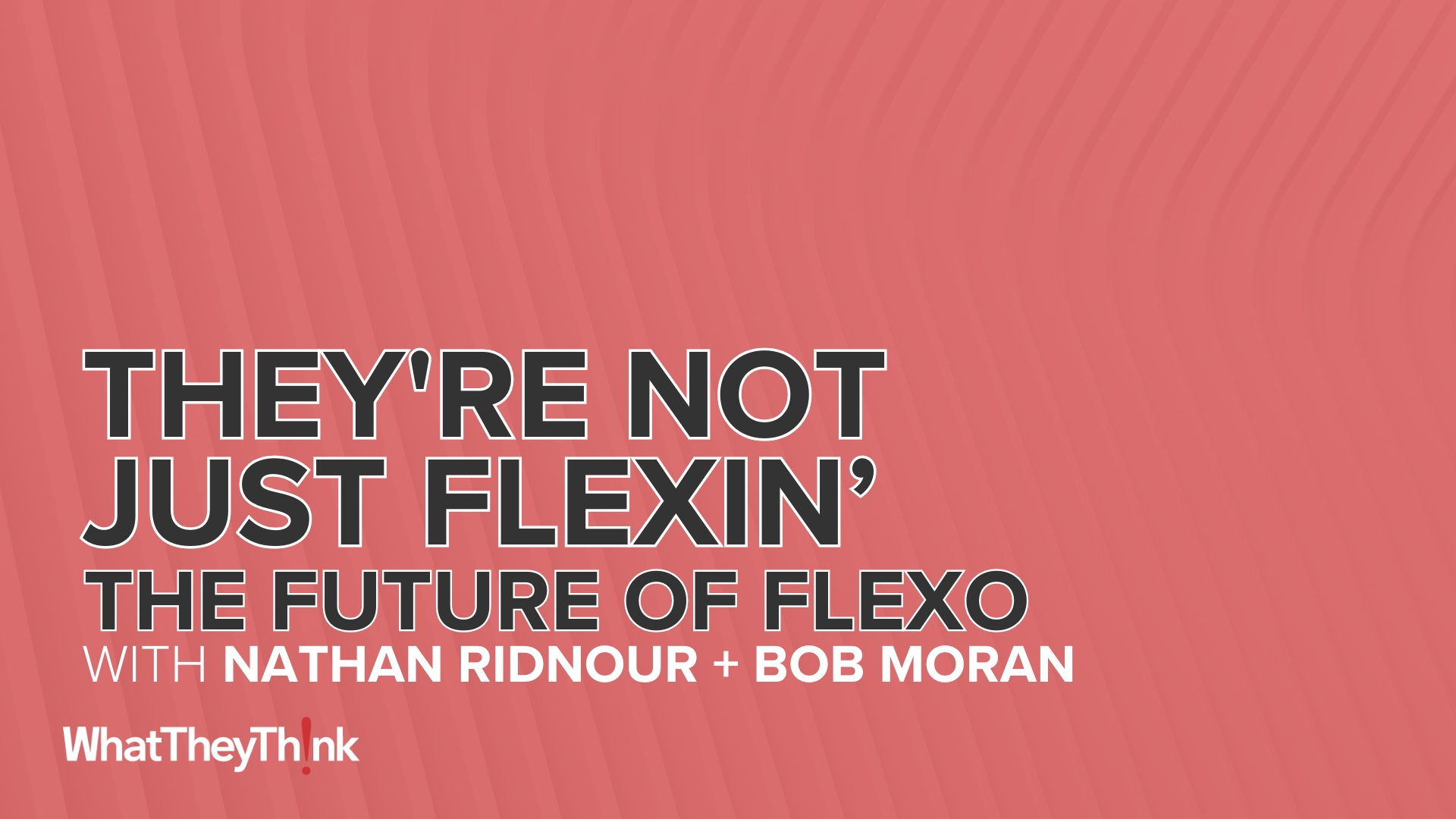WhatTheyThink: This year’s drupa was dubbed the “automation drupa,” signaling a major shift in the industry’s focus from the long-standing debate over digital vs. analog technologies to embracing technology that allows for productivity and efficient production lines. How is HP driving this shift, and what specific advancements or initiatives do you see as pivotal in leading the industry's transformation?
Haim Levit: Over the last 20 years, we have developed digital printing technologies that are altering industry dynamics, and at drupa, we announced our vision for the next 20 years, where these different technologies will coexist, powered by intelligent automation solutions. This shift towards automation is essential for progressing on the industry’s three key drivers: quality, productivity, and cost-efficiency. Alongside the adoption of digital technologies, we believe automation is crucial to making significant advancements in these areas.
Our strength in IT and software uniquely positions HP to lead this transformation, demonstrated by our investments in these key areas:
Intelligent Automation in Printing: We are advancing automation in pre-press, printing, color management, and quality control. This ensures that every print run is optimized for quality and efficiency.
Intelligent Production Lines: Efficient printing today is dependent upon the entire production line, including finishing. We're integrating robots and partner solutions to create seamless workflows, complemented by advanced service features that keep production lines running continuously.
Intelligent Factories are part of our long-term vision, and we are actively laying the groundwork for fully autonomous factories. We believe this vision will become a reality sooner than many expect, transforming how we approach production at every level.
HP’s PrintOS, our print production operating system, is turning these concepts into reality. It is a cloud platform that is helping businesses make better, faster decisions, regardless of whether they use HP’s hardware. The key is not just in investing in new machinery but in building integrated and automated production lines with intelligent capabilities.
WTT: AI is a hot topic across global industries today. With HP’s focus on automation in transforming the print and packaging industry, how are you leveraging AI technologies in this transformation, and what specific AI-driven advancements are available today or coming soon?
HL: AI is rapidly evolving, and its potential is immense. At HP, we view AI as an essential component for building Intelligent Production Lines and, ultimately, fully autonomous Intelligent Factories.
We’ve deployed AI technology throughout the entire production process. PrintOS provides real-world AI-driven solutions through practical applications such as modules that leverage AI for content creation, while our AI systems in the printing process detect and automatically correct errors, ensuring high-quality output. Production Beat, another PrintOS application, provides insights across all equipment to reduce waste and boost efficiency.
With over 8,000 connected presses worldwide, HP has access to an extensive dataset, enabling us to implement predictive maintenance and intelligent service routines that keep production lines running smoothly.
By focusing on entire workflows, printers and converters can leverage AI capabilities for more reliable, data-driven decision-making. Through these AI-driven advancements, we are shaping the future of printing and packaging.
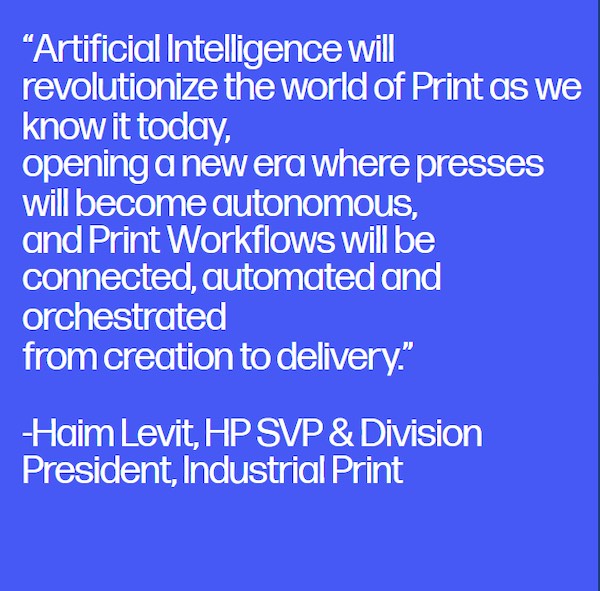
WTT: What are the key challenges that printers and converters face today, and how have these challenges evolved from those in the past? Do you think the pace at which these challenges are emerging is faster than before, and if so, how should printers and converters adapt to keep up?
HL: Printers and converters today face a complex landscape shaped by global trends, including political instability and the lasting impacts of the pandemic. These factors have set off a seemingly constant chain of new factors that continue to affect the industry, creating both challenges and opportunities.
One of the most significant challenges is the need to process an increasing number of jobs, which demands greater efficiency and faster turnaround times. Coupled with rising energy and substrate costs, printers and converters must find ways to reduce operational expenses while maintaining quality. This pressure has accelerated the shift towards automation, where AI and intelligent systems play a crucial role in streamlining workflows and reducing reliance on manual labor.
Additionally, the drive for a low-cost, low-risk supply chain has become more critical than ever. Industry consolidation is a direct response to this need, with companies seeking to optimize their operations through mergers and acquisitions to achieve economies of scale. This consolidation also reflects a growing need for more sustainable production methods.
In the commercial printing sector, the rise of web-to-print and on-demand services has transformed the market, making automation mandatory to handle the growing volume of shorter print runs efficiently. Meanwhile, in the packaging industry, there's a convergence of factors like changing job types, the need for track and trace, and the push for digitalized packaging production. Solutions like HP Indigo 200K Pouch Production lines and HP Indigo V12 are designed to meet these evolving needs, helping converters adapt to the demand for more flexible, digital printing.
To navigate these challenges, printers and converters need to focus on adopting solutions that enhance efficiency and flexibility across their operations. Investing in automation and digital printing technologies is crucial for maintaining competitiveness and meeting the evolving demands of the market.
WTT: Sustainability is a growing priority for consumers, brands, and governments alike. We've discussed sustainability extensively in the past, but given your recent focus on AI and intelligent automation, how do these advancements shape your outlook on sustainability? Could you elaborate on HP’s specific sustainability goals, and how your current technologies are designed to meet these demands?
HL: Sustainability within the printing and packaging industry encompasses a wide range of elements, and at HP, we prioritize reducing the environmental impact of printing, minimizing our operational footprint, and assisting our printers and converters in doing the same. We design our products for longevity with upgrade options and provide recycling solutions for consumables and parts. Additionally, we are committed to protecting and restoring global forests and offsetting our emissions.
Our recently launched HP Sustainability Amplifier program, developed in collaboration with our customers, is a major step forward. This program offers printers and converters comprehensive assessments and actionable recommendations to reduce their environmental impact. It includes tools like a print job CO2 emission calculator, as well as data and training resources to promote sustainable practices.
We believe that sustainability is a collective effort that requires collaboration across the entire printing and packaging industry—including brand owners, printers, converters, and governments. By working together, we can build a robust framework for that protects our environment for many years to come.
